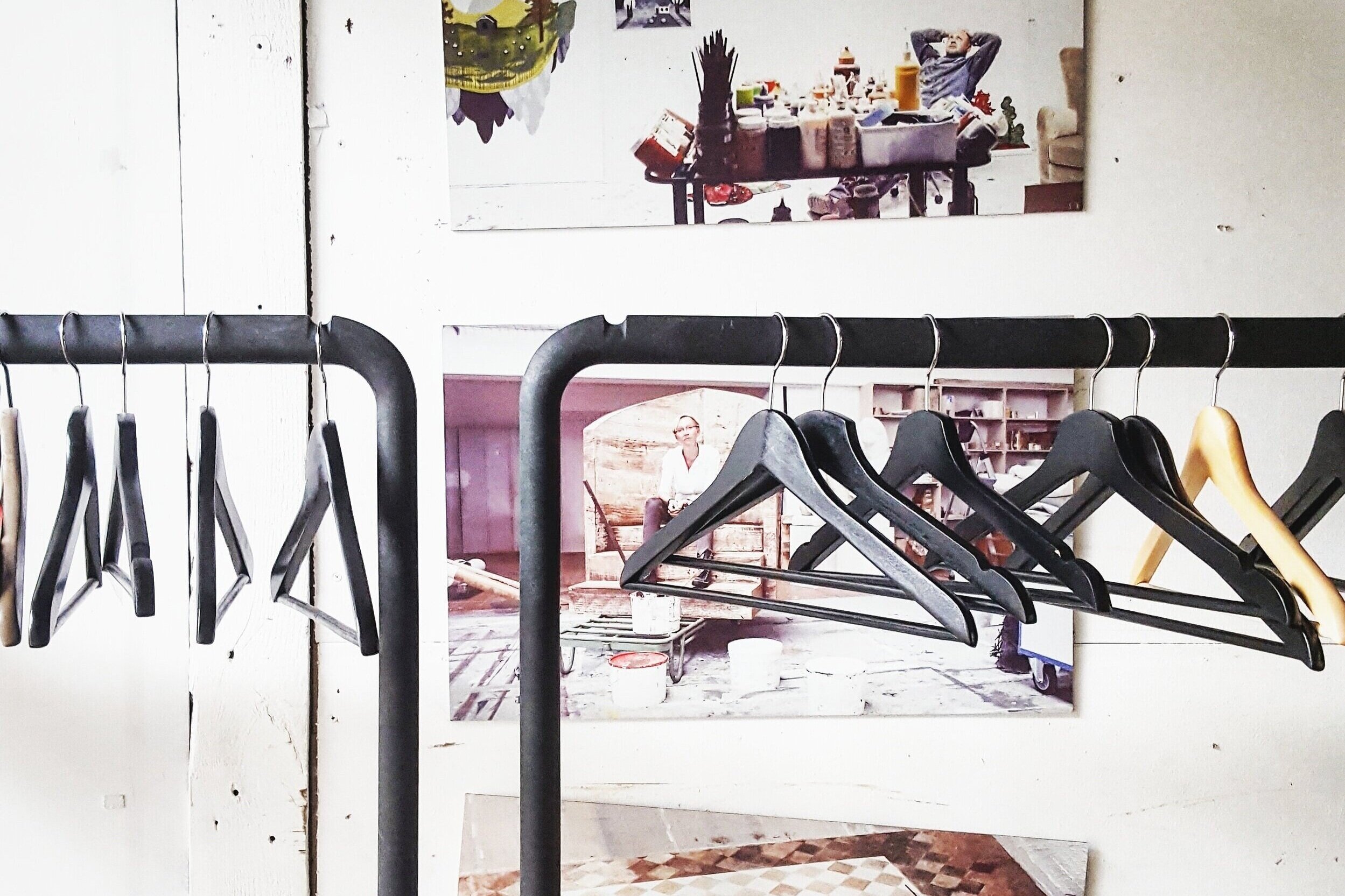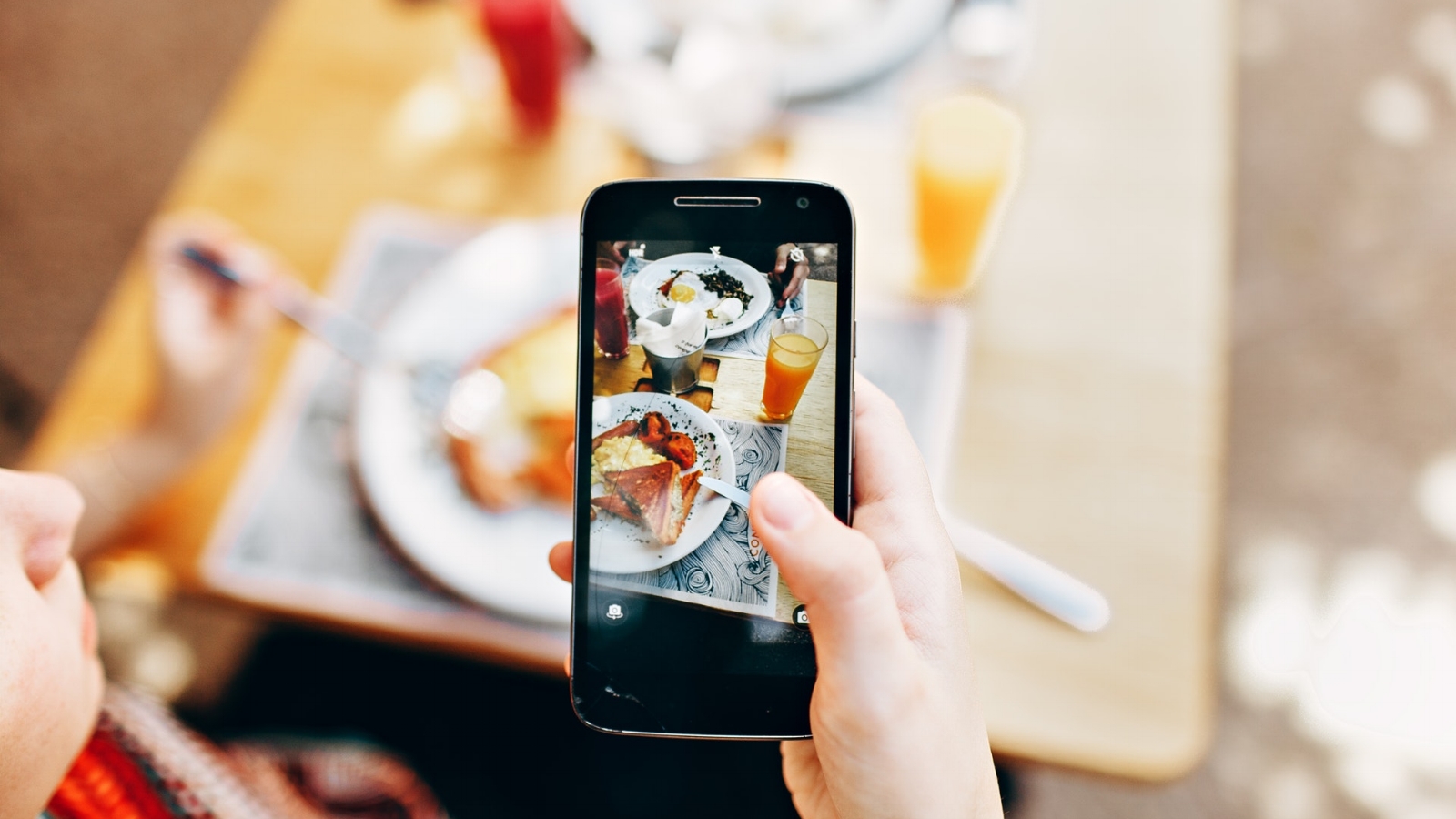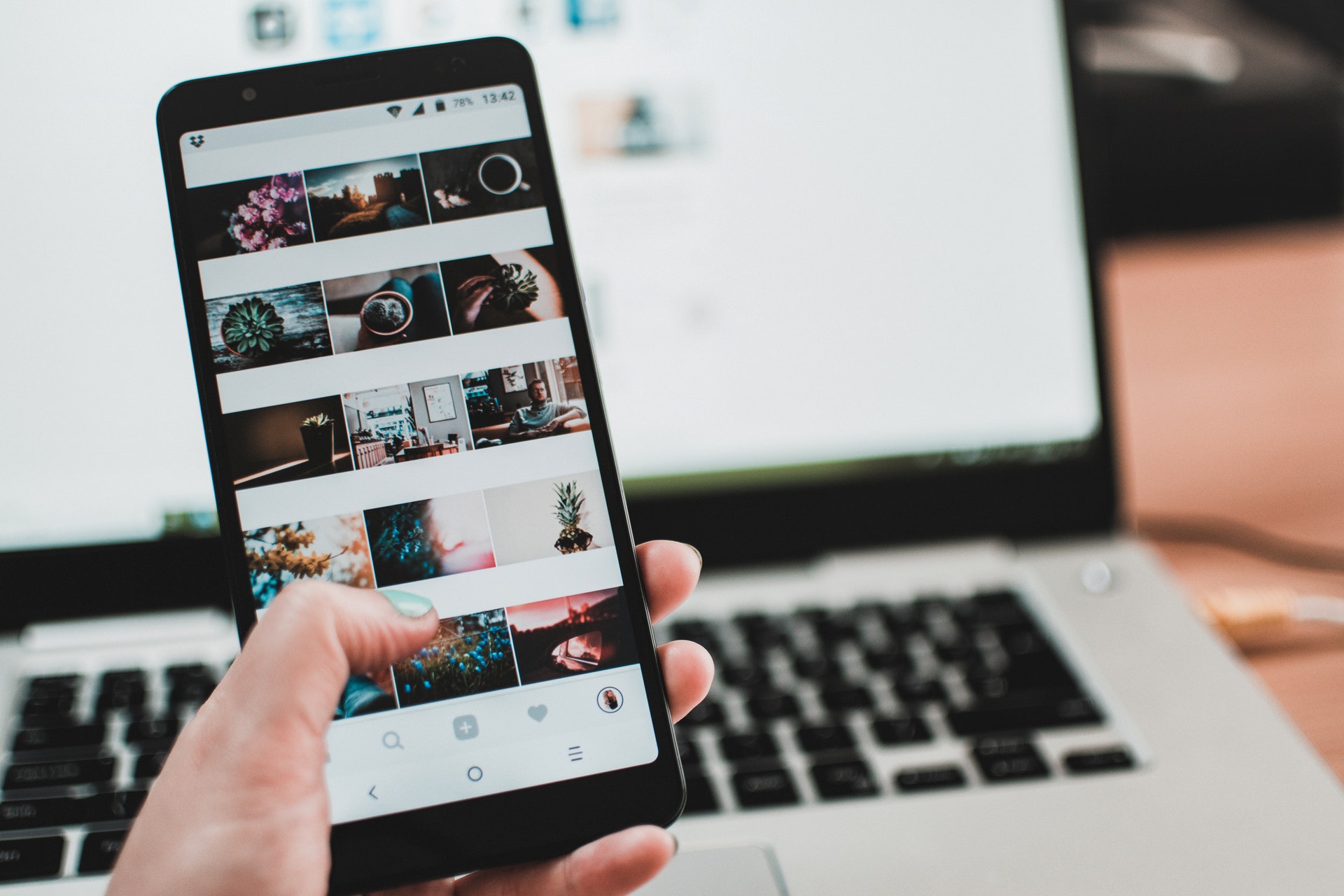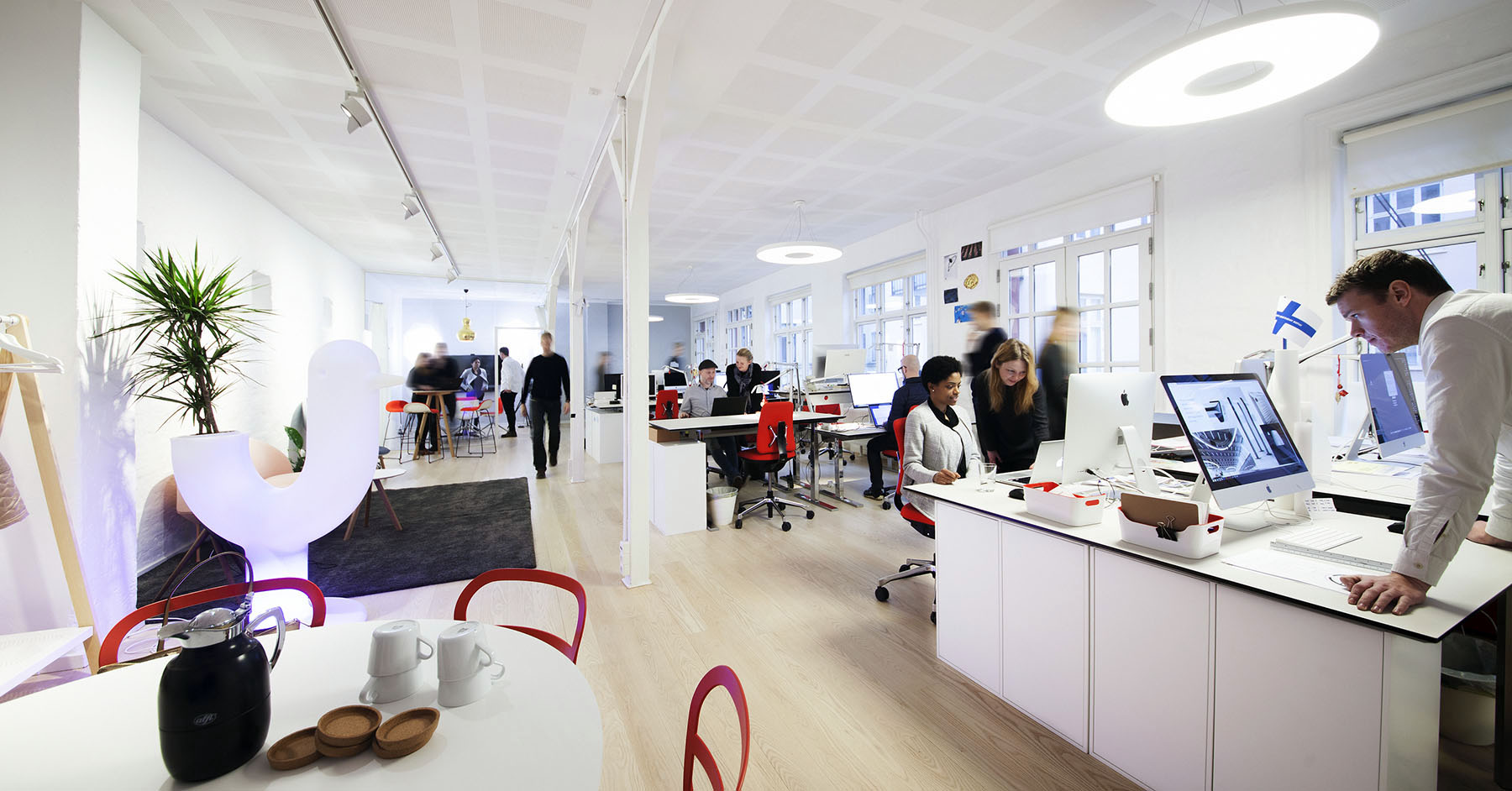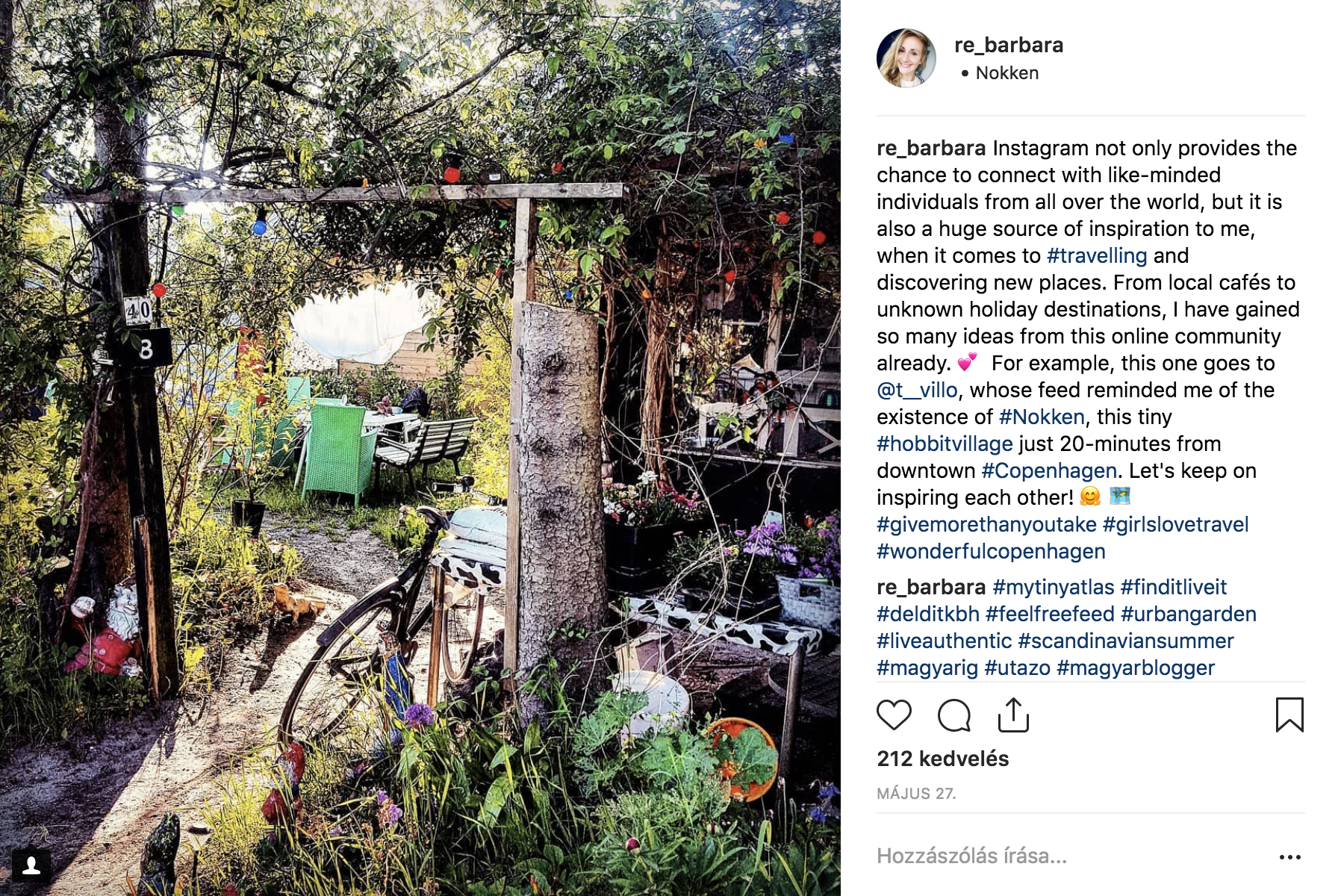The fight against corona virus has drastically changed our lives. Because of the quarantine regulations, millions of us are locked up in our apartment with 10 packs of toilet paper, our Netflix subscription, and not much to do. As most of our activities are happening online, there isn’t a single minute in our day when we are not digitally connected.
Notifications and updates follow us 24/7, which can easily lead to anxiety. With our mind constantly stimulated by new information, we can linger in the illusion of productivity, but in the long run, these ‘activities’ have little to zero benefits.
See the quarantine as an opportunity to reorganize your life
If I want to be completely honest with you, at the beginning of the lockdown I probably spent 3-4 hours with mindless scrolling per day. Those precious hours flew by checking my social media accounts and jumping from news headline to headline. And the majority of these actions were habitual. We used to do them when queuing in the supermarket or sitting on a bus going to work, just a few weeks ago.
Now ask yourself. When was the last time you put aside your smartphone, turned off the wifi and chose to do nothing instead? When did you take a walk home, instead of the multitasking your way on the speed train, before COVID-19 forced you to do so?
According to this article on Ideo,
”moments of boredom often allow us to take our biggest imaginative leaps”
and it is scientifically proven that turning off our brain at times can actually increase our creativity.
In that sense, the COVID-19 lockdown is providing us an opportunity to reflect on ourselves, let go of our entrenched bad habits and reorganize our daily routine.
In the following, I share with you 3 advice that I found particularly helpful.
1. Let your mind wander
When working from home 5 days a week, the line between your working hours and free time can become terribly blurred. That is why it is important to establish new habits, like going for a walk every morning or put your phone to airplane mode in the evening, so you can consciously create time for daydreaming and disconnect from work.
For the past weeks, I set up some boundaries for myself like only reading news from credible sources, or only using Instagram for 30 minutes a day.
The result? I have fewer headaches and feel less distracted. Because I decreased the digital information flow, I am more present in the reality around me and notice things I haven’t before. Like the beautiful color of my boyfriend’s eyes, or the incredible architecture in my neighborhood. Baby steps can go a long way.
2. Embrace boredom
Researchers suggest that doing something repetitive or plain boring can actually help your brain functioning better. Because when you get bored, you ignite a network in your brain that is called the "default mode."
With the words of Manoush Zomorodi,
“in the default mode is when we connect disparate ideas, we solve some of our most nagging problems, and we do something called autobiographical planning. This is when we look back at our lives, we take note of the big moments, we create a personal narrative, and then we set goals and we figure out what steps we need to take to reach them.”
So next time you’re doing the dishes or ironing your clothes, do not turn on Facetime or begin to multitask. This way, you empower your brain and it will be easier to come up with your magical, divergent ideas when you need them the most.
3. Empty your mental trashcan
Technology is great, and it makes our lives easier in many ways. Therefore I am not suggesting to throw away your laptop or cancel your Netflix subscription, but rather being in charge of your own habits.
Now is the time to pick up those old hobbies that you always wanted to, but rarely managed before the quarantine. Plant flowers on your balcony and dedicate time to take care of them. Write a love letter by hand. Put on your favorite face mask and enjoy it soaking into your skin. These things sound so simple, yet we rarely do them anymore.
With meditation apps like Headspace or Calm, you could top this effect and do a reset on your thoughts, completely emptying your mental trashcan.
Overall, by shifting some of our small habits from fatiguing to actually fueling us, we’ll feel way more balanced and energized than we used to. And that is something we’ll need when life will go back to normal.

